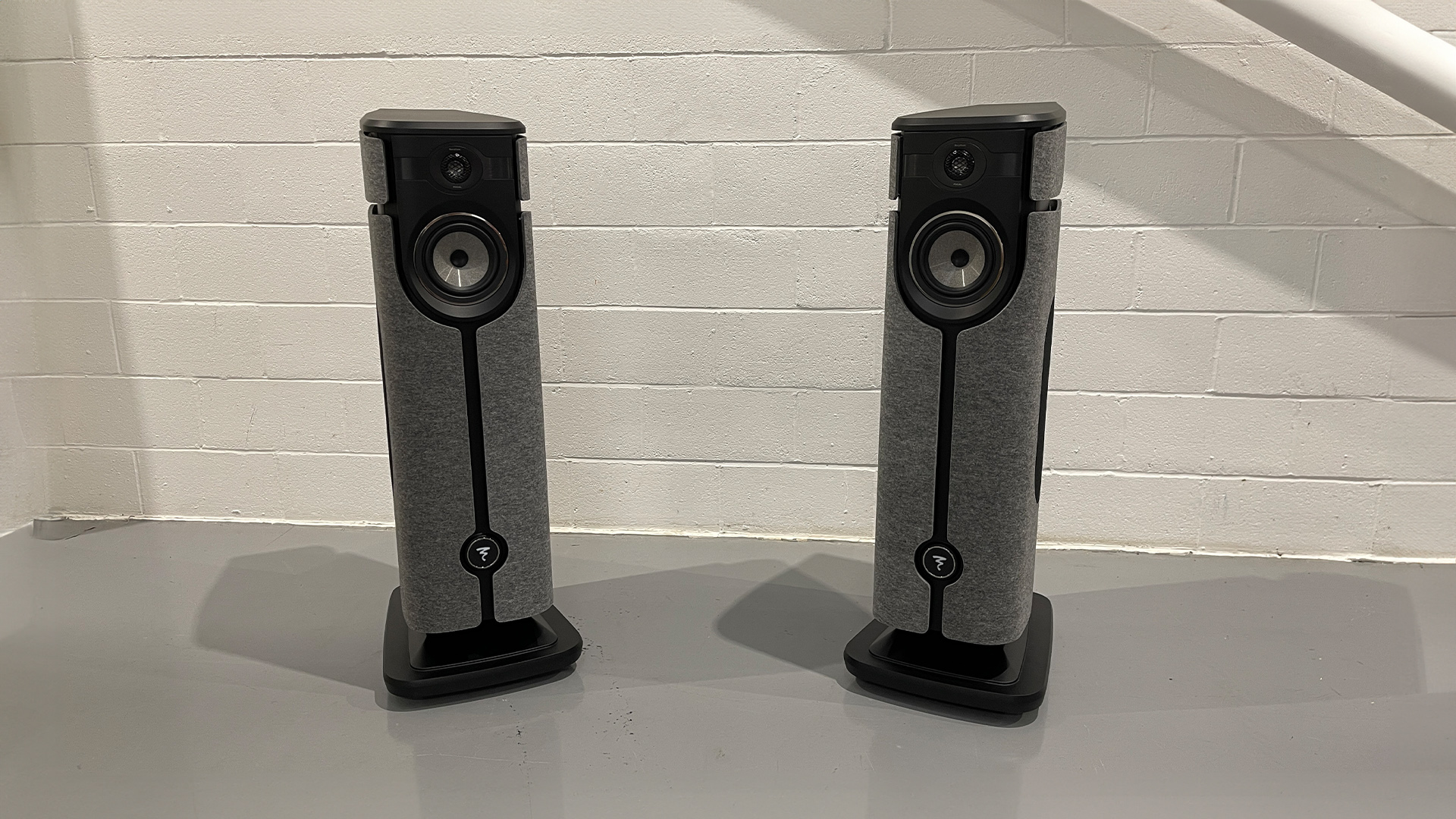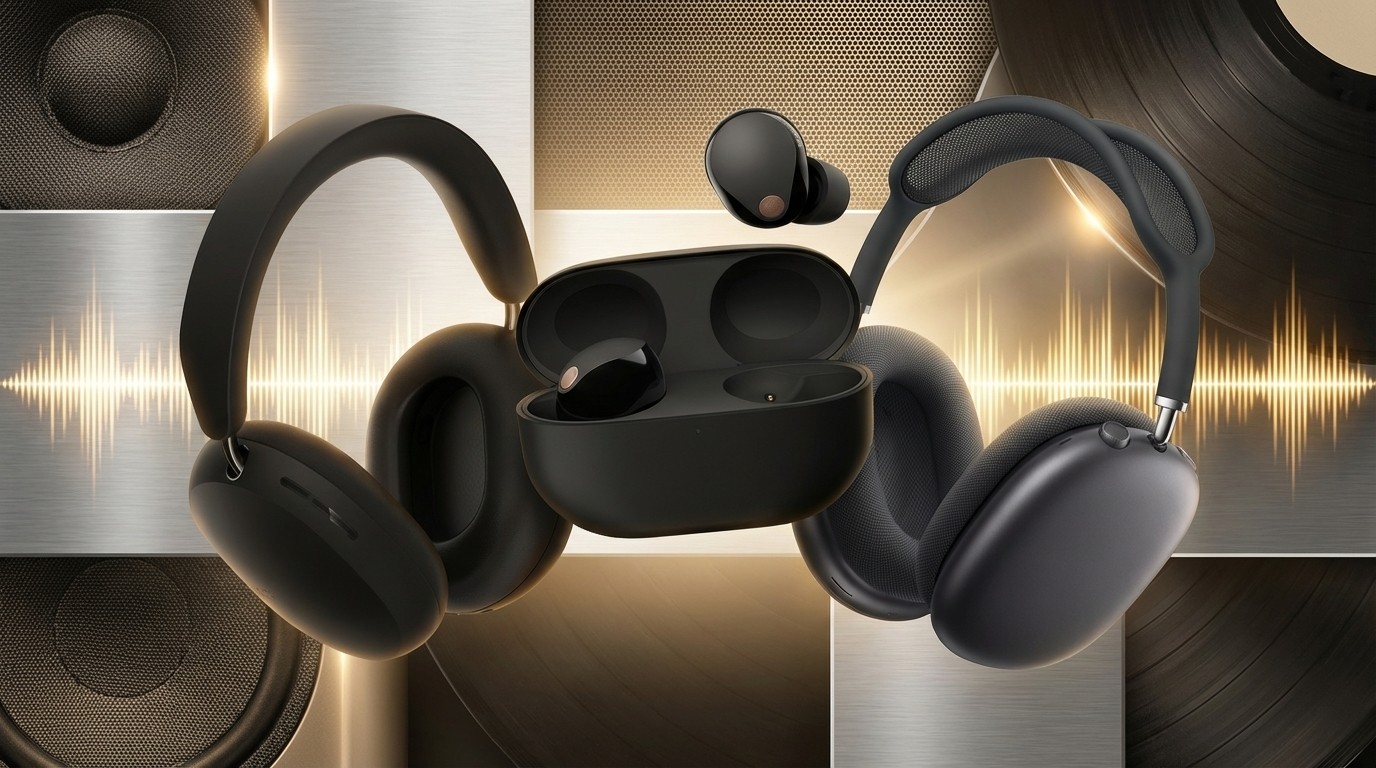What Hi-Fi? Verdict
The Focal Diva Utopia proves that high-end sound quality is possible from a neat and stylish speaker system solution
Pros
- +
Excellent clarity, detail resolution and agility
- +
Impressive bass definition and punch
- +
Adventurous styling
- +
Fine build
Cons
- -
Sonic presentation is a little on the safe side
- -
Wireless link between the speakers is limited to 24-bit/96kHz
- -
Only one finish option at the moment
- -
Remote could be classier
Why you can trust What Hi-Fi?
The template for high-end audio feels like it is set in stone, and it has been like that for the best part of five decades. In this arena, separates rule, and every piece in the audio chain is split as far as possible to the point where it isn’t unusual to have systems where the box count reaches double figures. That’s not necessarily a problem for purist audiophiles, but there remain many people who want excellent sound yet prefer it wrapped in a neater, less cluttered and more stylish package. Focal’s Diva Utopia could well be the answer for them.
Streaming systems that take the form of a pair of stereo speakers are hardly new. KEF has made hay with its various LSX, LS50 and LS60 Wireless products, while the likes of Bowers & Wilkins, Dali, JBL and Triangle have also contributed some fine efforts. However, none of these products sit at what would be considered the high-end of the market. At this level, Focal’s Diva Utopia is almost unique in packing a streaming module, DAC, amplifiers and drive units all into a stereo speaker format, though we have tested some Goldmund and Meridian products that have come close to such integration.
The Diva Utopia are described as wireless, and they are mostly, though no company has come up with a way of getting rid of the mains cables that each of the two speakers requires. Also, if you want to improve on the 24-bit/96kHz wireless transmission limit between these speakers, using the supplied cable to link them raises that to 24-bit/192kHz. Recordings of higher resolutions – these speakers will accept up to 24-bit/384kHz PCM and DSD128 files – are downsampled in this design and DSD files are converted to PCM. Is that important? We would suggest that it is, particularly given the price point, but recognise that most people aren’t likely to have many recordings at these higher sampling rates. Ultimately, we are willing to give the Diva Utopia leeway to impress with its sonic performance.
Design & engineering
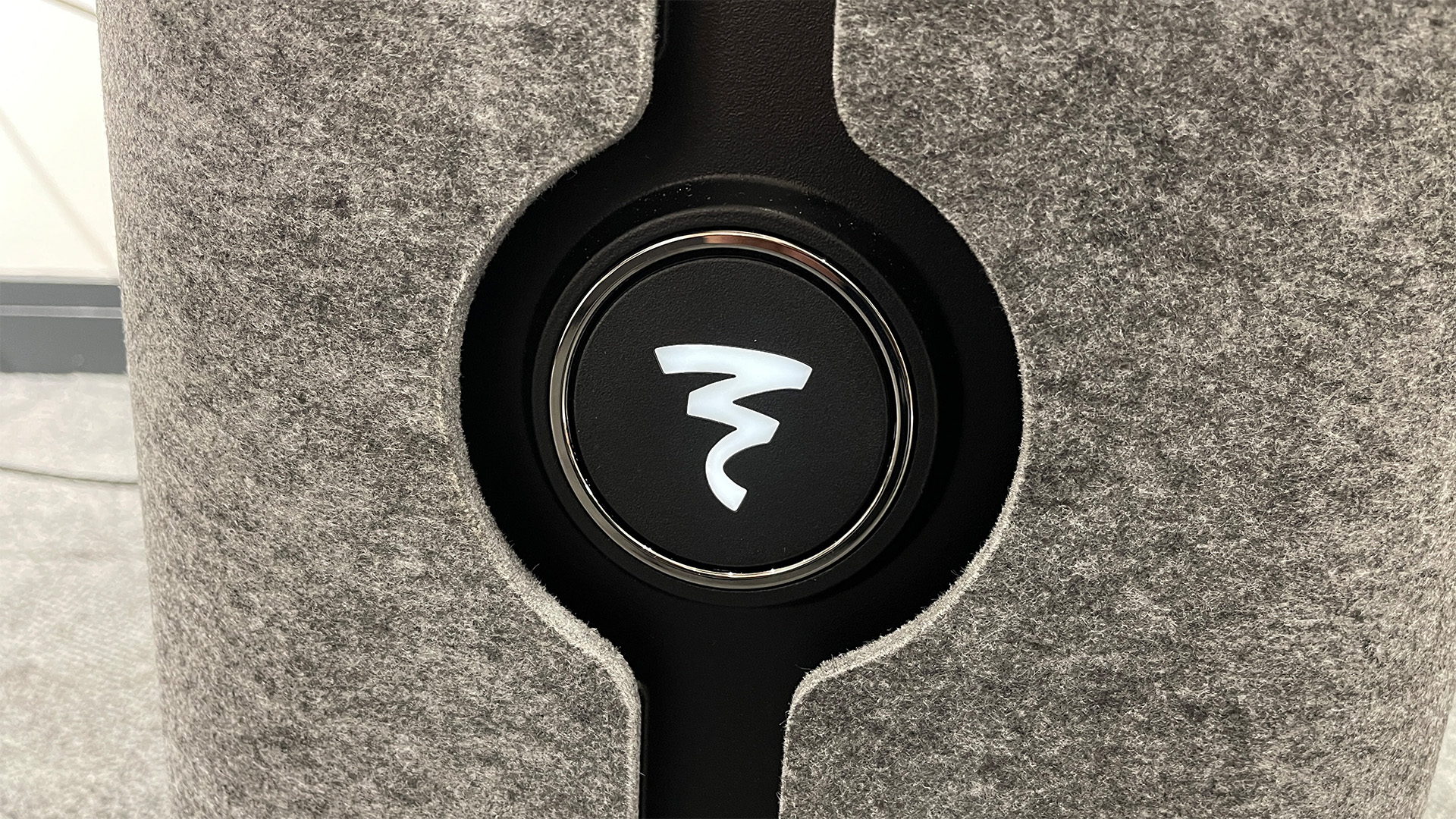
The Focal’s electronics are designed by sister company Naim. That’s a good start given the Salisbury, UK-based company’s excellent track record in streaming and amplification products. The UPnP streaming platform is as well equipped as we would expect. It can stream music across a home network from a NAS unit and is compatible with all the usual streaming platforms – Spotify Connect, Tidal Connect and Qobuz – while protocols such as AirPlay 2 and Google Cast are also on board. Bluetooth is on the menu in aptX Adaptive guise.
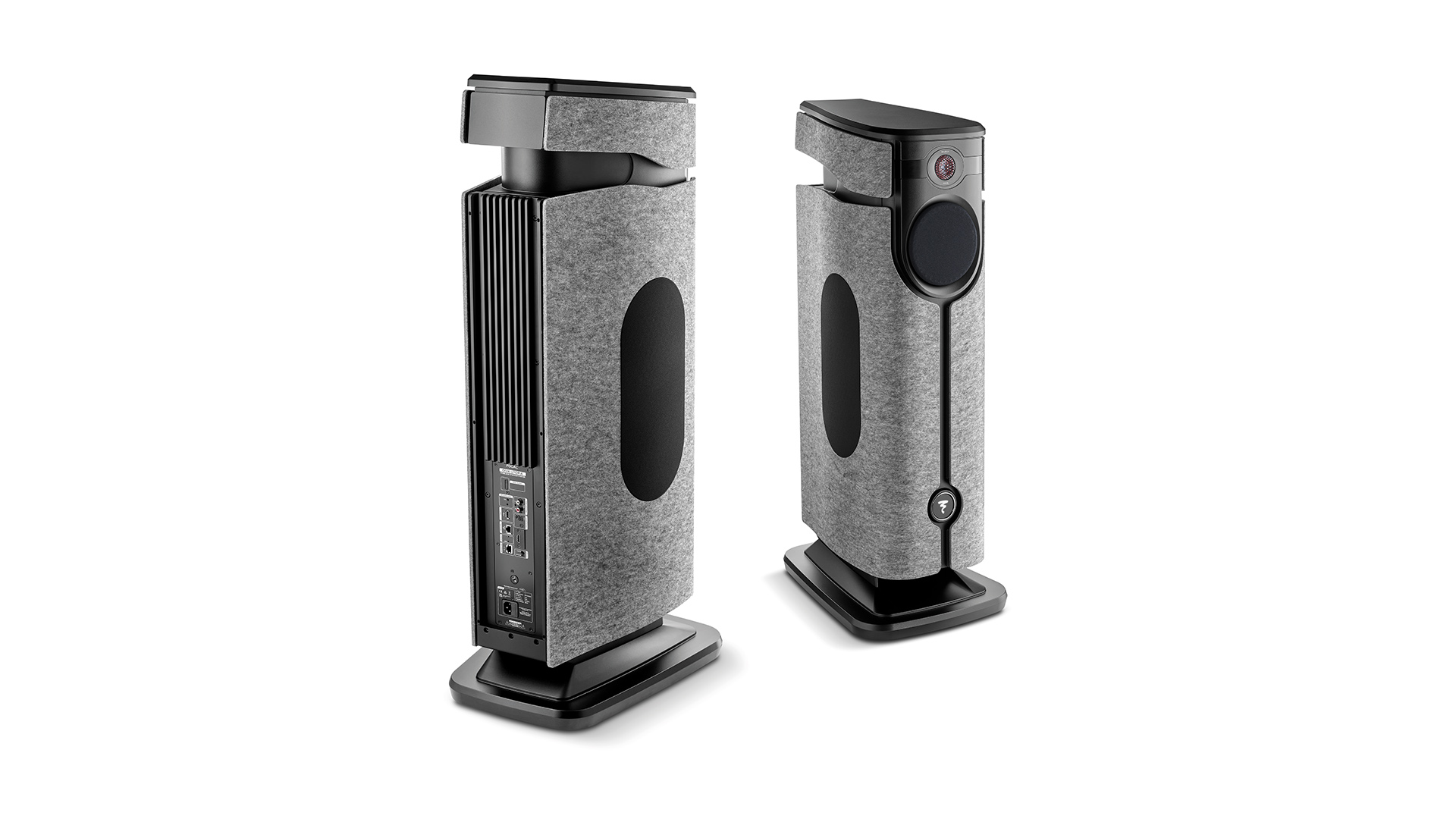
Sources Network streaming, Bluetooth
Network Wi-fi and ethernet
Inputs Line level x1, USB Type A, HDMI eARC, optical
Outputs? No
Headphone output? No
Max file resolution 24-bit/384kHz, DSD256, MQA
Streaming features UPnP, AirPlay 2, internet radio, Spotify Connect, Tidal Connect, Qobuz, Chromecast built-in, Bluetooth aptX Adaptive 5.3, Internet Radio
Power output 250W bass, 75W midrange, 75W treble
Dimensions (hwd) 121 x 42 x 56cm
Weight 64kg each
Finishes x 1 (grey)
There is plenty of power on tap. A 250-watt Class A/B power amplifier is dedicated to the four 16.5cm ‘W’ sandwich cone bass units (arranged in a push/pull configuration in each speaker), while both the 16.5cm ‘W’ midrange and 27mm inverted beryllium dome tweeter are driven by dedicated 75-watt modules. That’s 400 watts per enclosure, which should be enough to get to party levels in some pretty large spaces. While the power amplifier circuitry isn’t lifted directly from a specific Naim product, the design is closely related to those used in the brand’s highly-rated units. That quartet of bass drivers are tuned by a downward-firing port that exits onto the substantial sculptured aluminium plinth.
The ‘W’ cone is a long-running Focal technology that features a foam core between two glass fibre layers to give a composite structure that is claimed to combine lightness with rigidity and good damping. That blend of qualities qualifies as the ‘Holy Grail’ as far as cone behaviour is concerned. The inverted dome tweeter is another one of Focal’s trademark technologies, and when the diaphragm is made of beryllium (claimed to be rigid, light and with good damping – notice a pattern?) the result is normally as sweet and detailed as they come.
Connectivity
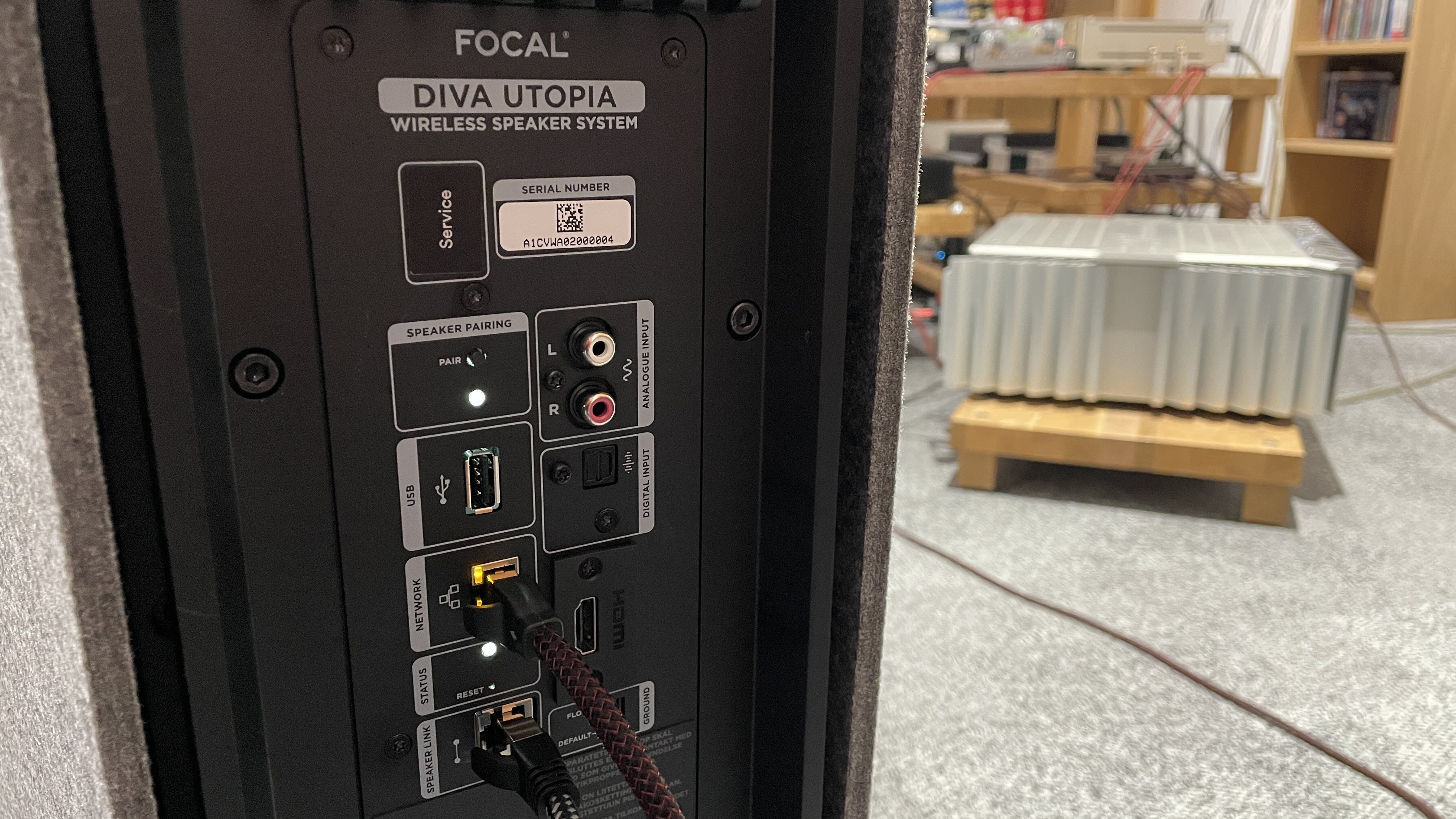
There is a decent amount of physical connectivity, with the Diva Utopia having an HDMI eARC and optical alongside stereo line-level RCAs and a USB (Type A). There is no phono stage, though at this level a good-quality outboard unit is likely to be the better choice if vinyl replay is a priority. All these connections are on one speaker only, and that can be configured to be the left or right channel through the dedicated Focal/Naim app according to the user’s requirements.
The latest hi-fi, home cinema and tech news, reviews, buying advice and deals, direct to your inbox.
The app is one of the better ones on offer, delivering a reasonably slick and stable user experience. For the Diva Utopia, it adds the option of room correction, which works pretty well. The user has to take some basic measurements such as the distance from the speakers to the wall behind them and then to the side walls on each side. Once that’s done, there is a series of listening tests that ask the listener to balance the volume between different frequencies of test tones in steps from deep bass upwards.
While not as simple and fuss-free as a microphone-based system or as in-depth as Linn’s more sophisticated Space Optimisation software, the resultant equalisation is relatively subtle and positive. In our well-behaved 3 x 7 x 5m (hwd) test room, using it results in a cleaner, better focused and slightly more precise presentation. If your room has more obvious issues than ours then we think it is likely worth implementing. However, we also found that activating the equalised room profile adversely affects the Diva’s low-level dynamic expression and rhythmic drive to a degree where we ultimately leave the EQ off. Still, we’re glad that Focal has offered the option.
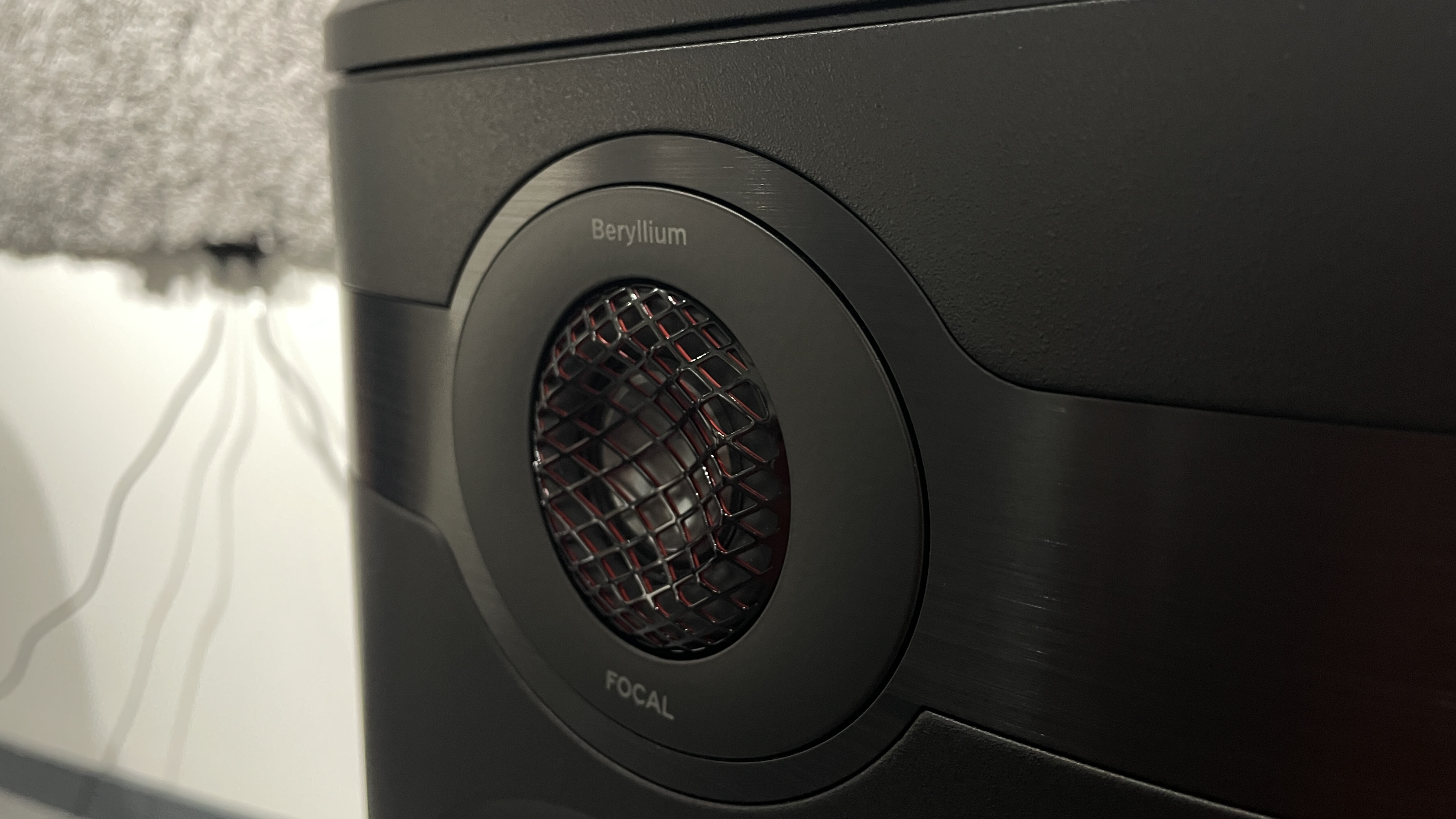
There is a standard remote included with the speakers. This looks to be based on the same design as we’ve seen with Naim’s more premium products, but here is simplified to cover just the basic operations such as power on/off, input select and volume level. While it is nice not to have to revert to a phone or tablet to perform such functions, it is a shame that the remote casing feels pretty cheap and insubstantial compared to the rest of the Diva package.
We admire Focal’s bravery with the design of this speaker system. Most others would have used a rectangular MDF box, albeit clothed in some luxurious wooden veneer, but here we have a high-density polymer enclosure that’s strategically reinforced where needed and designed with curves and angles that give it a wonderfully modern and stylish appearance (to our eyes at least). The structure feels solid, damped and dense, which helps boost the speaker’s aura of quality.
We like the standard grey felt-like finish and note that the thick material can be removed quite easily to open up the option of customising to tastes. At the moment there is only one option but don’t be surprised if more are offered over time.
At this price level, it would be fair to expect the selling dealer to set everything up, but if you do end up doing the job for yourself it is best to get a friend to help get these 64kg boxes out of their packaging. But, fair play to Focal, it has put a good amount of thought into the packaging, supplying useful instructions and a substantial wooden plank in the box to make it easy to wheel the speakers out. And we do mean wheel, as the speakers come fitted with four casters to allow them to be manoeuvred into place easily. Once you have finalised their exact placement in the listening room, you can add spikes. Using spikes adds a degree of precision and clarity to the sound that makes them essential if you want to get the best out of the Diva Utopia.
Sound
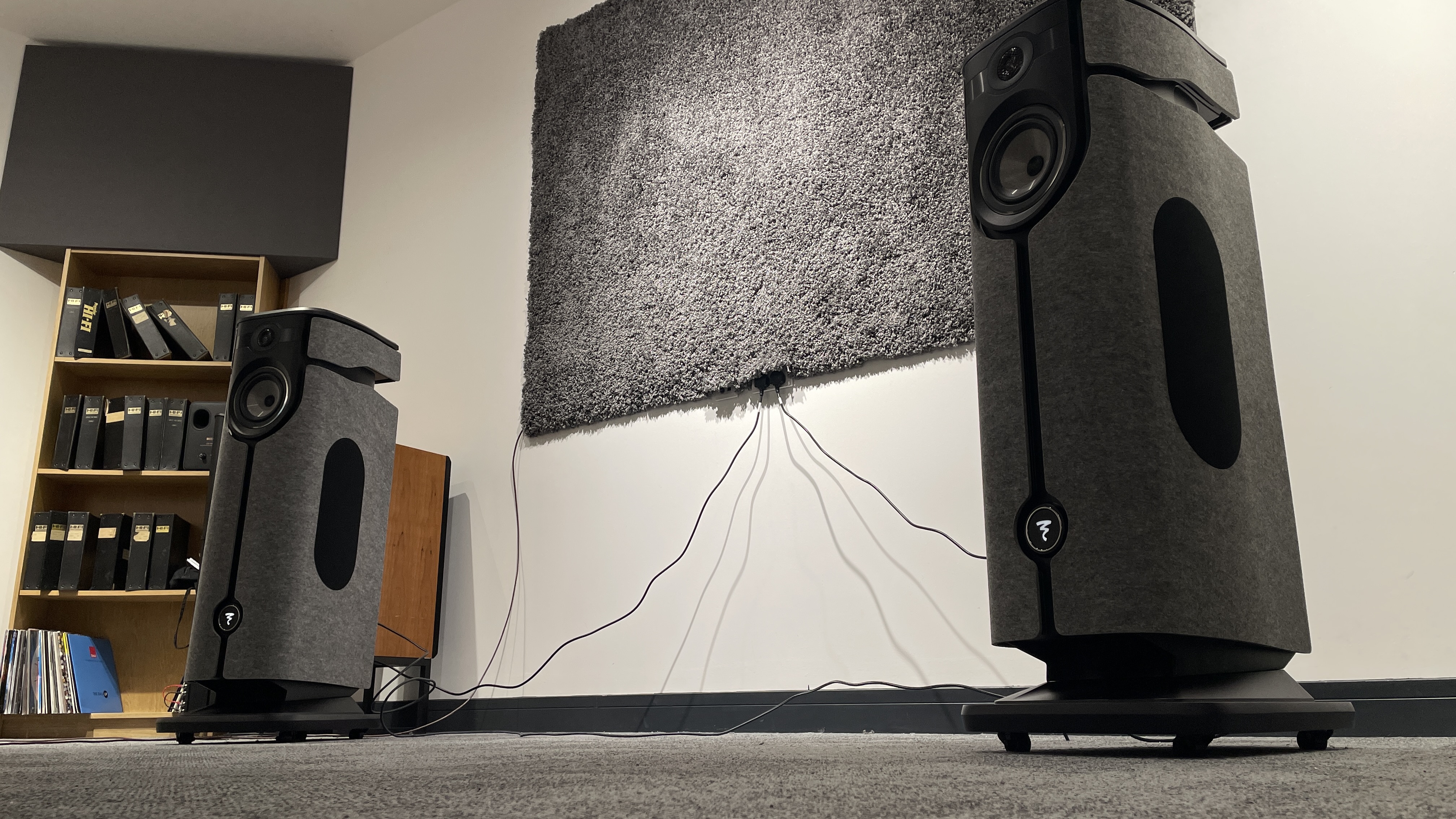
In the same vein, we recommend hardwiring the speakers to each other rather than opting for the wireless connection. Not because the resolution limit is higher, though that is handy to have, but because even with CD-spec music we notice that the wired link delivers a slightly more dynamic and expressive performance. True, going wireless is neater and proves stable in use, but it seems a shame to hold back the performance when it is so avoidable.
In our room, the Diva end up around a metre from the back wall and well away from the sides. Even without the speakers being equalised we have an even tonal balance, plenty of bass authority and impressively broad stereo imaging. Once we optimise the toe-in towards the listening position, the Diva’s soundstaging is crisp and well-defined, delivering a fine impression of depth and scale. Individual instruments are locked in place and refuse to blur even when the music becomes demanding.
As we listen to a recording of Beethoven’s Ninth Symphony it is hard not to be impressed with the authority and power on offer. The Diva Utopia deliver a huge sound that impresses not only in the way that it reproduces a wonderfully wide dynamic envelope but also in the way it renders lows with such power, grip and agility. That quartet of bass drivers per cabinet can really pump out huge amounts of bass effortlessly. This is a sound brimming with control and composure, where a multitude of instrument strands can be tracked without issue and the sense of organisation is reassuring. As the music ebbs and flows, the Diva has no trouble following suit, uncovering plenty of detail and conveying it with terrific precision. The leading edges of notes are as crisp as you like but have no sense of unnatural hardness or being forced.
These Focals can play loud too, and stay composed with it. We do not doubt that they are capable of delivering high volume levels in large rooms without straining. It helps that they are as refined as such speakers get. There is no excessive brightness or aggression here, just a smooth and cultured balance that refuses to make a meal of things, even with poor recordings. This is a valuable trait that few high-end products share.
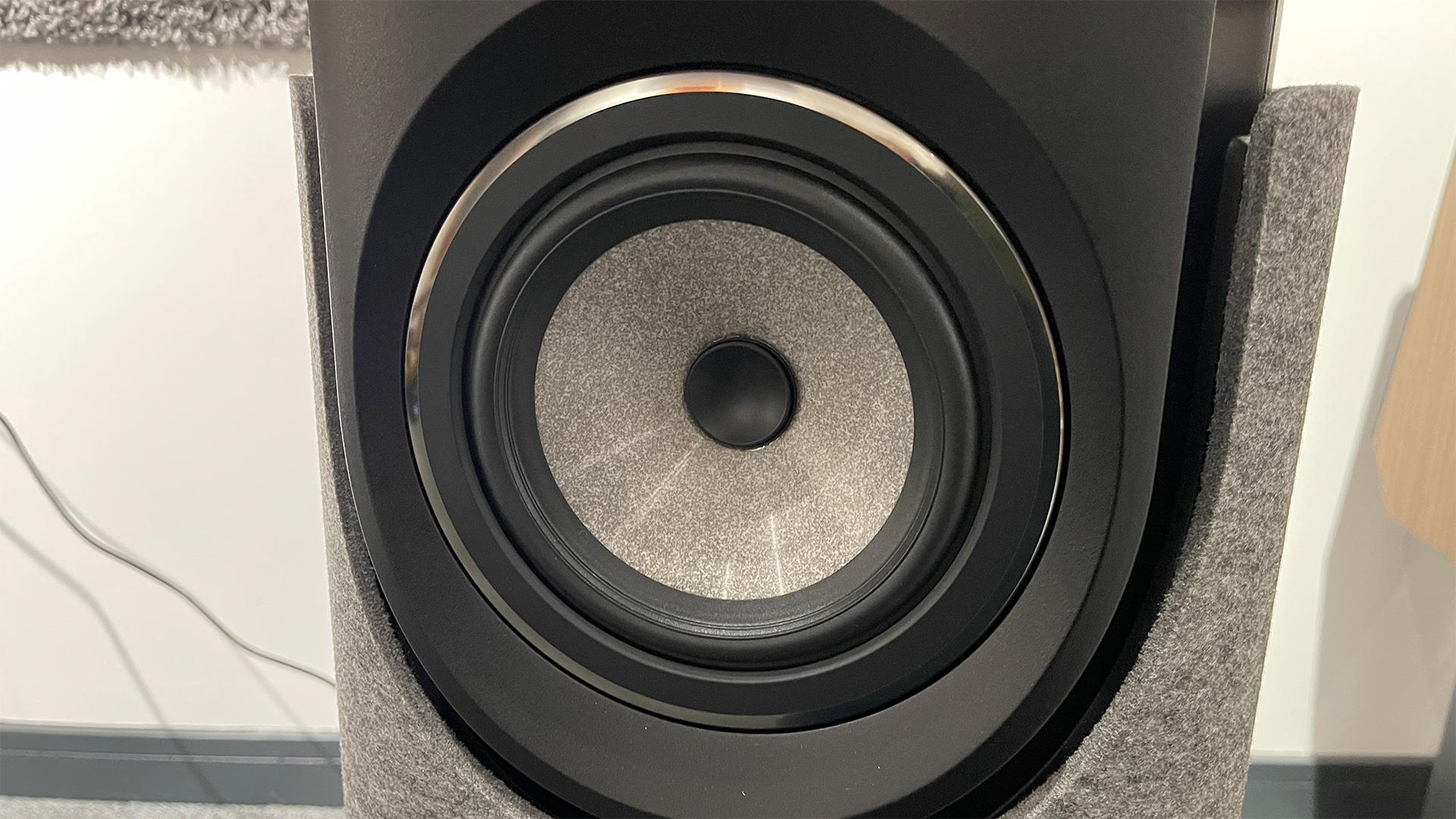
While we approve of all this, during our sessions we do find ourselves wanting the Diva to let loose a little more. Listening to Florence And the Machine’s You’ve Got The Love we are aware that these Focals have a civilising influence over the music. This system calms the rough edges of the sound, making it an easier listen but also losing some of the vibrant energy of the recording in the process. This isn’t enough to stop us from enjoying the song, but there is just that feeling that there should be a little more excitement on offer.
Elsewhere there isn’t much to complain about. We are getting a wonderfully clean and clear presentation with Florence Welch’s powerful vocals coming through with conviction. Instruments and voices are rendered with convincing texture and a good degree of natural warmth. It’s a tidy and controlled presentation with a decent if not explosive sense of rhythmic drive.
We’re happy to report that the Diva’s performance stays pleasingly consistent whether we use the built-in streaming module, the stereo analogue input or the optical connection. We rarely come across a product where the performance of each of these inputs is so balanced.
Verdict
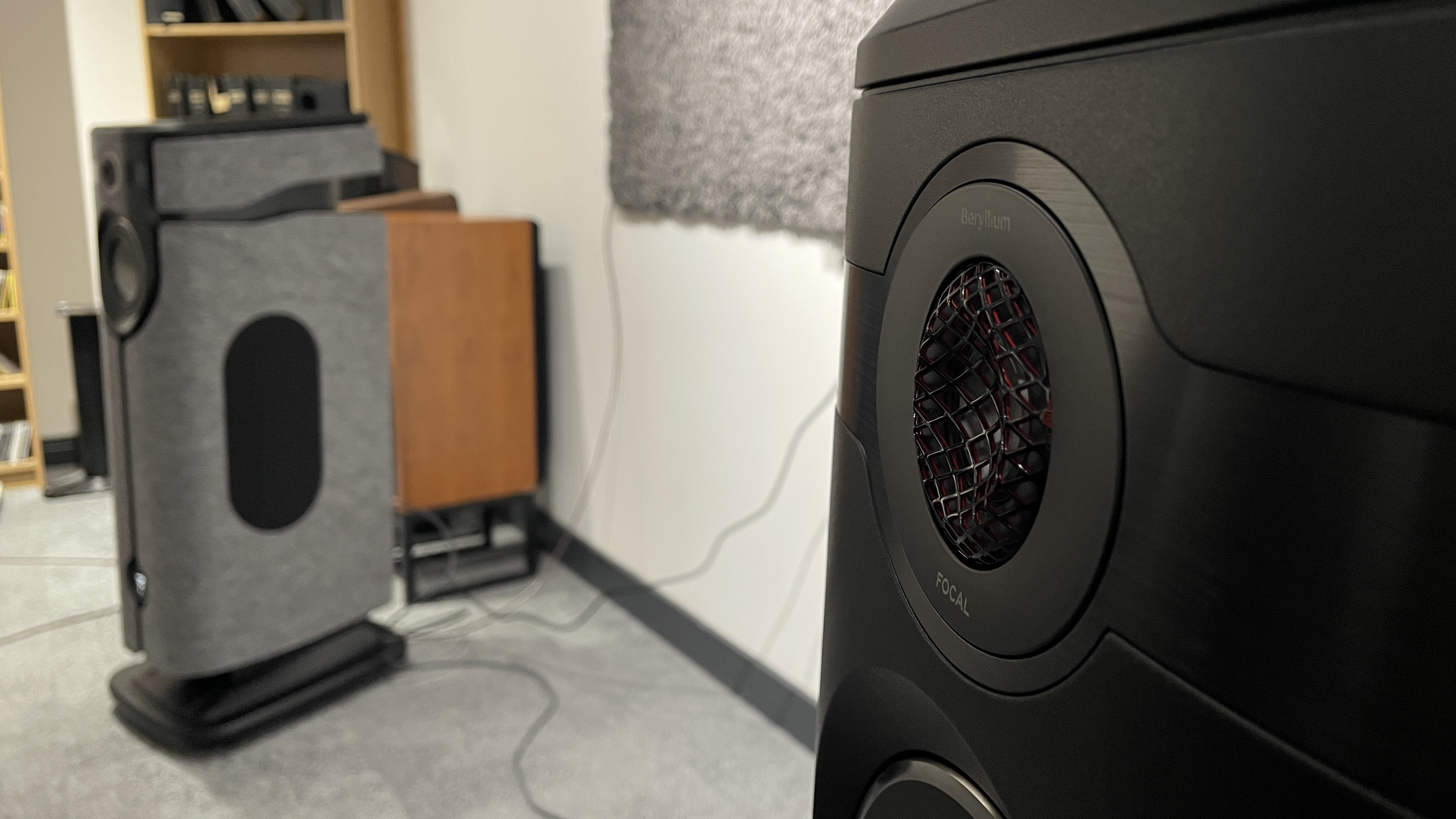
Overall, there is much to like and admire in Focal’s Diva Utopia. This system truly manages to deliver a proper high-end sound from a neat two-speaker form factor. Despite our slight misgivings about the sanitising effect it has on the music, when it comes to clarity, precision and bass performance it has little to fear from separates alternatives at the same price. As such it has to be counted as a success.
First reviewed: December 2024
SCORES
- Sound 5
- Build 5
- Features 5
MORE:
Read our review of the KEF LS60 Wireless
Also consider the Naim NSC333/PMC Cor/ATC SCM50
Best active speakers: our experts pick the top pairs with built-in amplifiers
What Hi-Fi?, founded in 1976, is the world's leading independent guide to buying and owning hi-fi and home entertainment products. Our comprehensive tests help you buy the very best for your money, with our advice sections giving you step-by-step information on how to get even more from your music and movies. Everything is tested by our dedicated team of in-house reviewers in our custom-built test rooms in London, Reading and Bath. Our coveted five-star rating and Awards are recognised all over the world as the ultimate seal of approval, so you can buy with absolute confidence.
